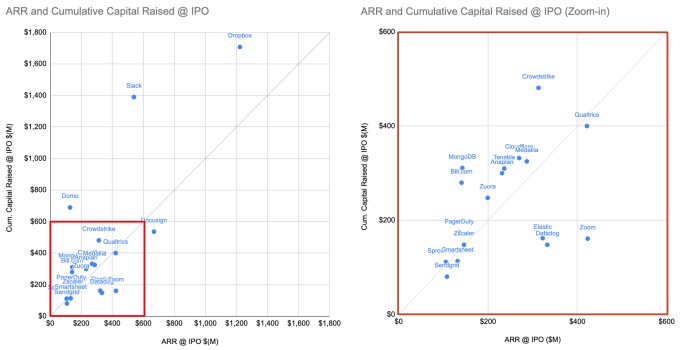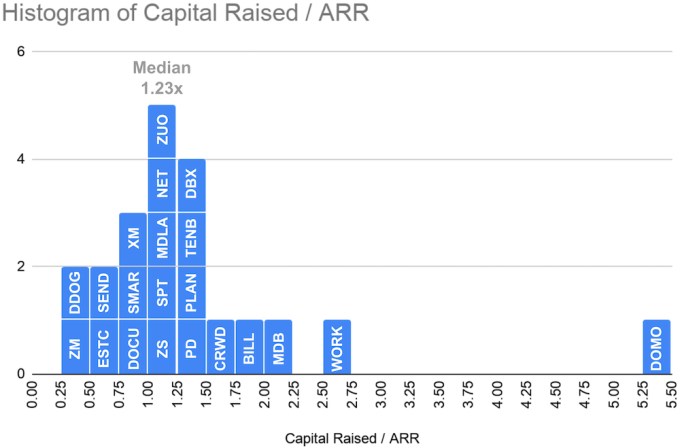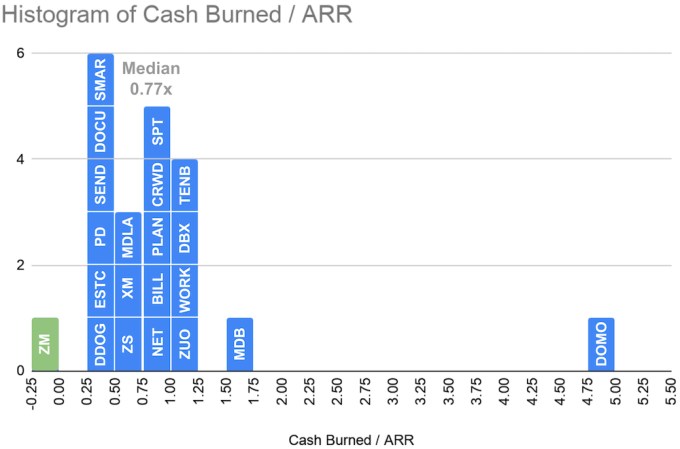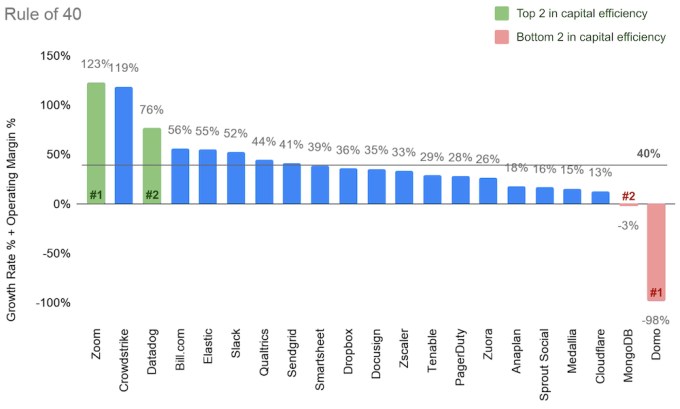Clayton Christensen, a longtime professor at Harvard Business School who became famous worldwide after authoring the best-selling business book, “The Innovator’s Dilemma: When New Technologies Cause Great Firms to Fail,” passed away last night.
The Deseret News reported earlier today that the cause tied to complications from leukemia treatments that Christensen was receiving in Boston. He was 67 years old.
Clayton had suffered from ill health for years, always battling his way back. By the age of 58, Clayton — who was diagnosed with Type 1 diabetes at age 30 — had already suffered a heart attack, cancer, and a stroke, telling Forbes in 2011 that he tried to view such setbacks as opportunities, even, apparently, when they involved intensive speech therapy, which he was undergoing at the time.
Clayton created opportunities for himself and others throughout his career. The business world came to know Christensen after Intel cofounder Andy Grove brought him into the company as an advisor, then announced to the world that “The Innovator’s Dilemma,” published in 1997, was the best book he’d read in 10 years. (This was saying something, given Grove’s own considerable writing skills.) Yet Christensen came from modest means.
According to a 2012 profile in New Yorker magazine, he grew up on the “wrong side of the tracks” in Salt Lake City, in a Mormon household, collecting paper tray liners from fast food restaurants, and stuffing his 6′ 8″ frame into a 1986 Chevy Nova that he drove around town.
According to the profile, Christensen, an excellent student and a popular one (he was student body president), “wanted to go to Harvard or Yale, and got into both, but his mother wanted him to go to Brigham Young. Not knowing what to do, he fasted and prayed, and he discovered that God agreed with his mother. That wasn’t the answer he was looking for, so he fasted and prayed some more, just to make sure he hadn’t misheard or something, but he hadn’t, so he went to Brigham Young.”
There, he studied economics before and after a two-year leave of absence to serve as a volunteer full-time missionary for the LDS Church. Then it was off to Oxford, where he earned a master’s as a Rhodes Scholar, then Harvard Business School. After receiving his MBA, he landed at Boston Consulting Group, and after a few years in the working world, headed back to Harvard for a PhD so he could teach.
Over the ensuing years, Christensen would write 10 books, though none were as ubiquitous as “The Innovator’s Dilemma,” which was timed perfectly in retrospect. It put forth a theory why people buy products that are often cheaper and easier to use than their more sophisticated and more expensive predecessors, and resonated widely as one incumbent after another — Xerox, U.S. Steel, Digital Equipment Corp. — stumbled while other companies began rising in their dust: think Amazon, Google, Apple.
Interestingly, according to the New Yorker, one of Christensen’s rare, bad calls was his prediction that the Apple iPhone wouldn’t be widely adopted because it was too fancy.
Apple cofounder Steve Jobs was a fan nevertheless. According to the Walter Isaacson biography of Jobs, published just weeks after Jobs’s death in October 2011, “The Innovator’s Dilemma” “deeply influenced” him.
If you’re interested in learning more about Christensen’s views, you might enjoy this conversation between Christensen and investor-entrepreneur Marc Andreessen; it took place in 2016 at the Startup Grind series.
Source: Tech Crunch









